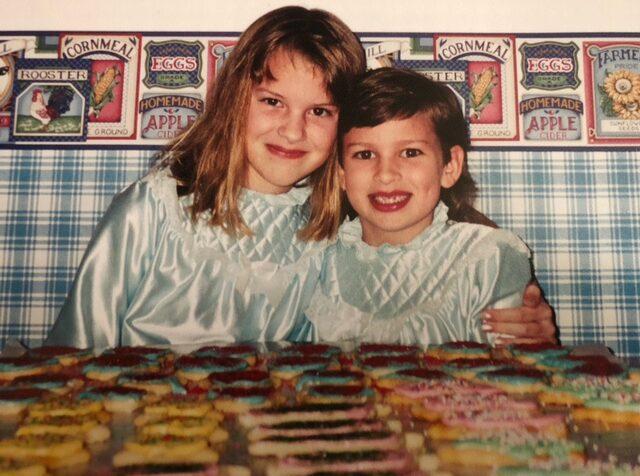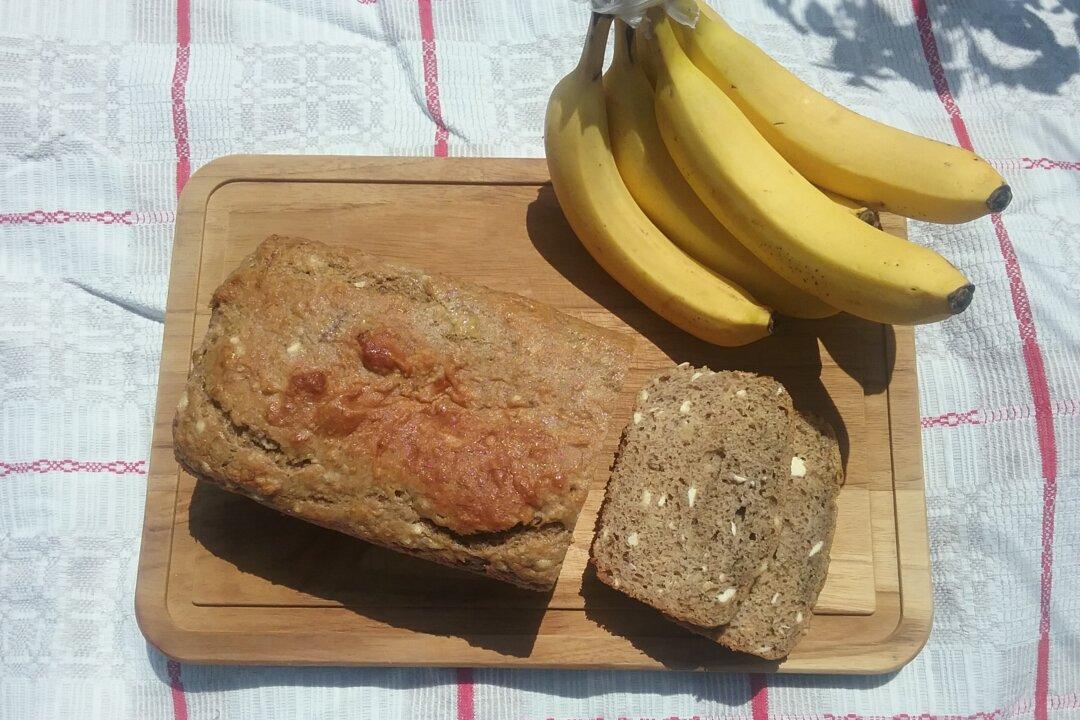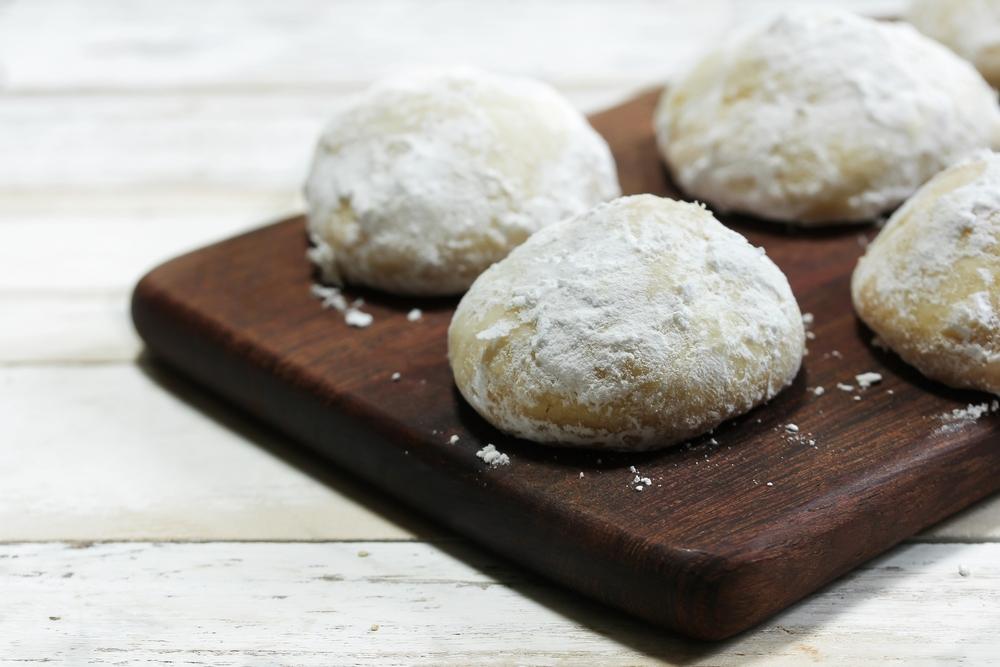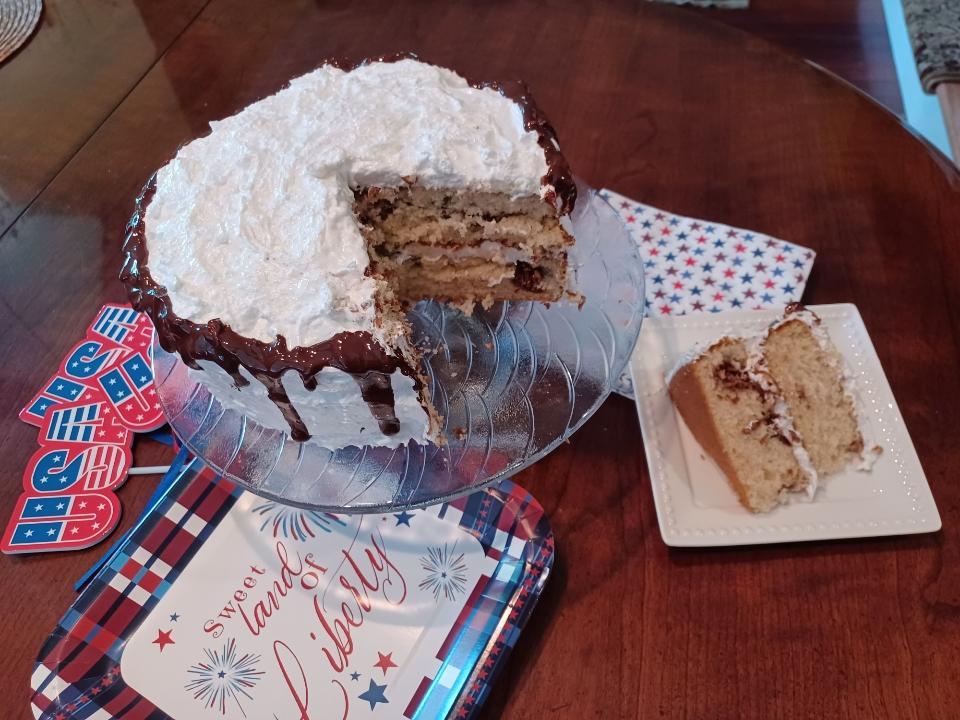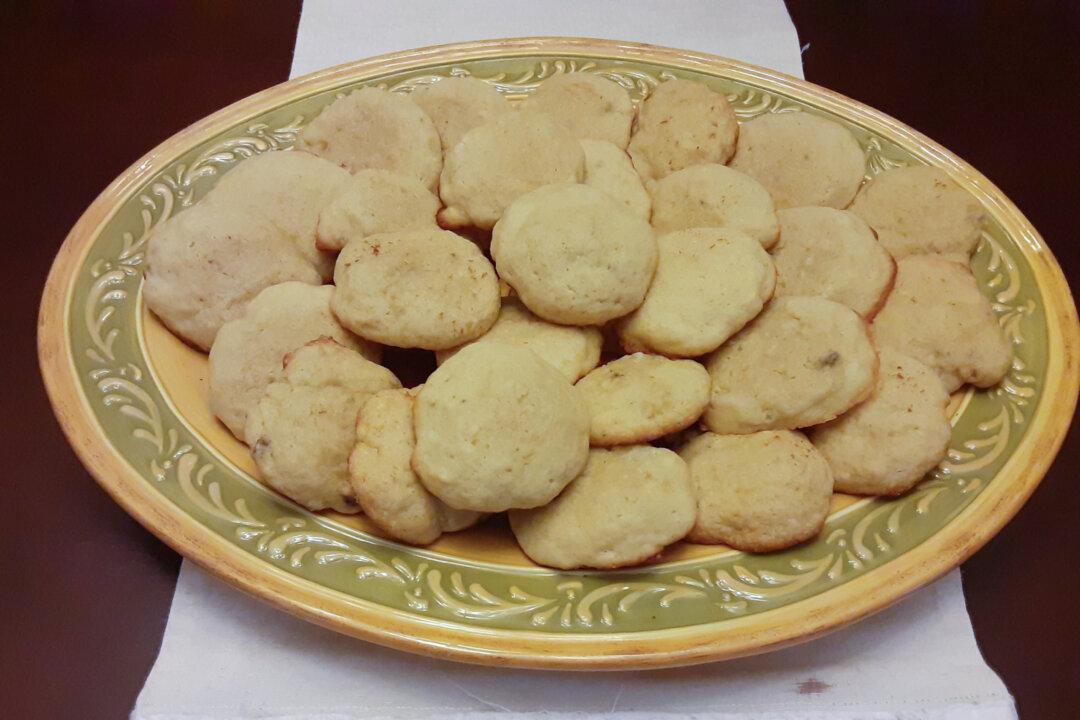We asked readers to share their best holiday cookie recipes and the stories behind them. After sifting through dozens of sweet (and buttery) submissions, here are a few that touched us most.
A Spoonful of Love From Grandma’s Kitchen
Submitted by Kim Sutter, Owasso, OklahomaI have lovely memories of my grandmother Helen. She was the storybook picture of what a grandma should be: rosy-cheeked, slightly plump, apron-wearing, spoon in hand, full of lilting laughter, singing songs I’d never heard, and she always smelled like flowers.

